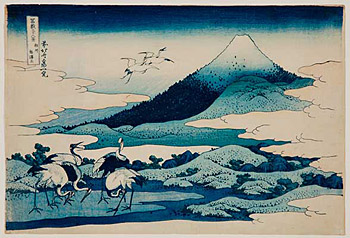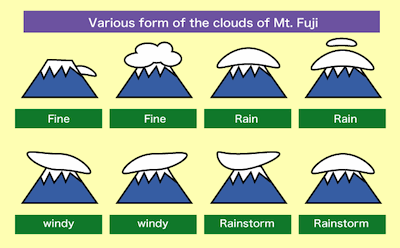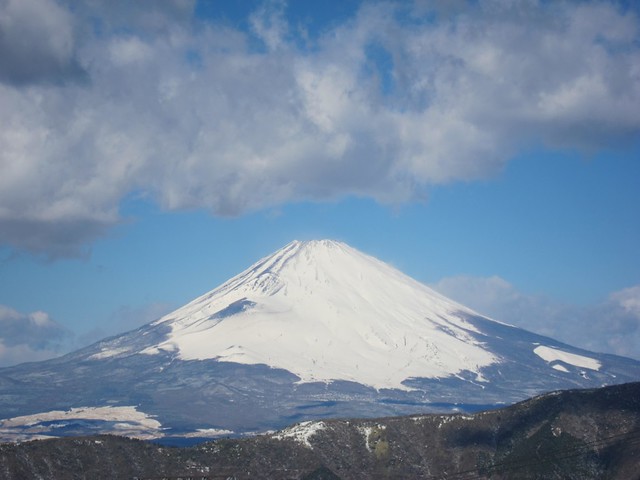If I mention “Mt. Fuji” to someone in Japan, the immediate response is often one of smiles, favorable gasps, and expressions of elation. Indeed, Fuji-san (富士山), as the Japanese affectionately call it, is a true legend.


During this past weekend, Kristen and I set out on a journey to finally see “elusive Fuji-san” in all its glory. I’ll admit, it’s not easy to accomplish that task!
Thus begins Operation Finding Fuji:
Upon arriving in the slightly elevated city of Gora (500 meters above sea level) just outside Hakone around noon, the sky started to fill with clouds and the sun virtually disappeared. (This is generally how afternoons around Mt. Fuji end up.) The scenic train and cable car rides through the mountains made the journey well worth the time, and we decided to adjust the itinerary and see if the next morning yielded a better viewing result.
On Sunday, fueled with a belly full of tamagoyaki, shirauo, and tea, we rode a ropeway gondola and ascended to Owakudani (1,044 meters above sea level) while the morning air was still clear and crisp. The air had the distinct smell of sulfur dioxide being released into the air from the surrounding volcanic fumaroles. The conditions were perfect for accomplishing our goal. Upon walking to the crest of “Great Boiling Valley”, we struck gold. Victory!
Presenting the almighty Fuji-san, photographed yesterday:


Congratulations on a successful Mt Fuji expedition! Nice picture. Enjoyed reading your input and links, and checking out all the Mt Fiji prints.